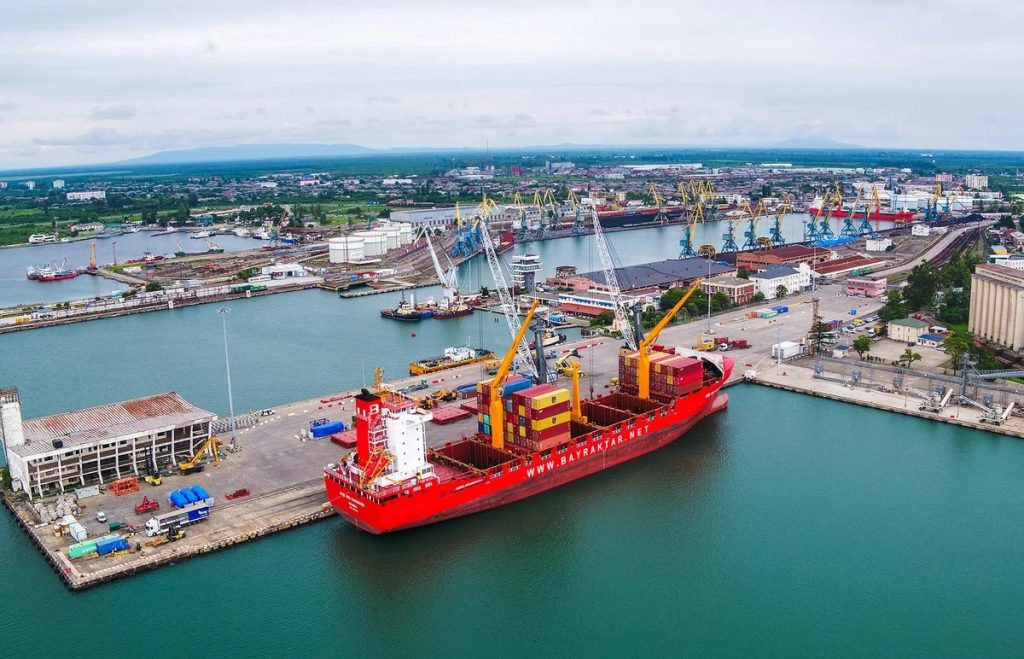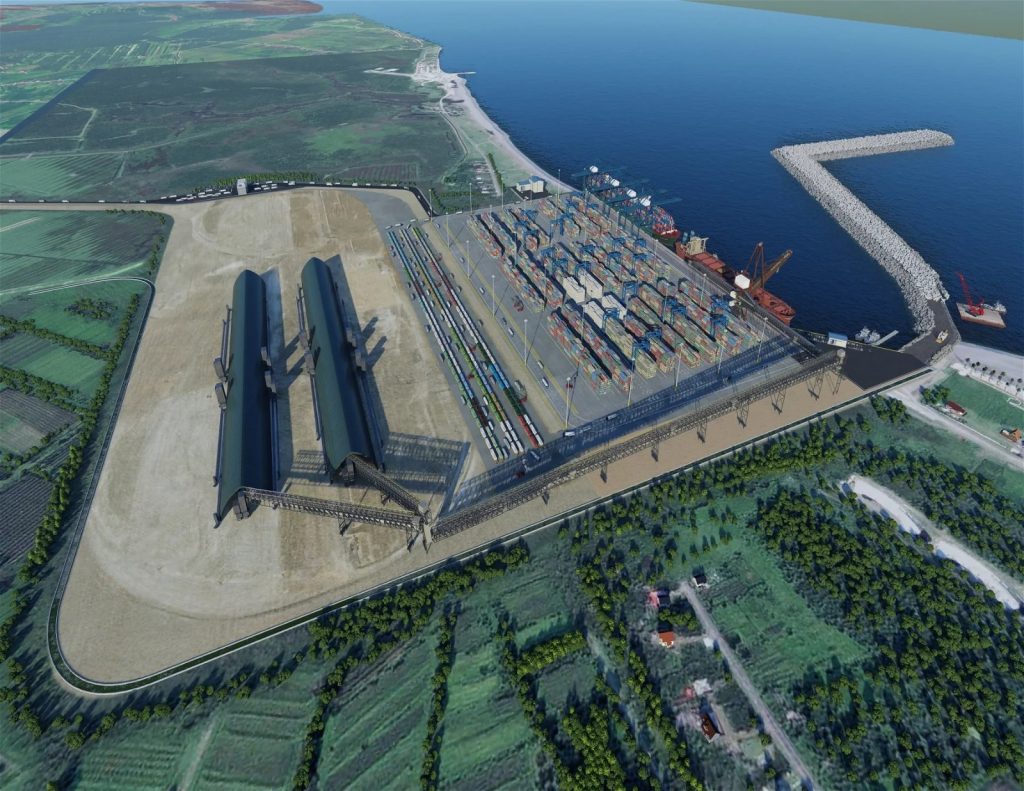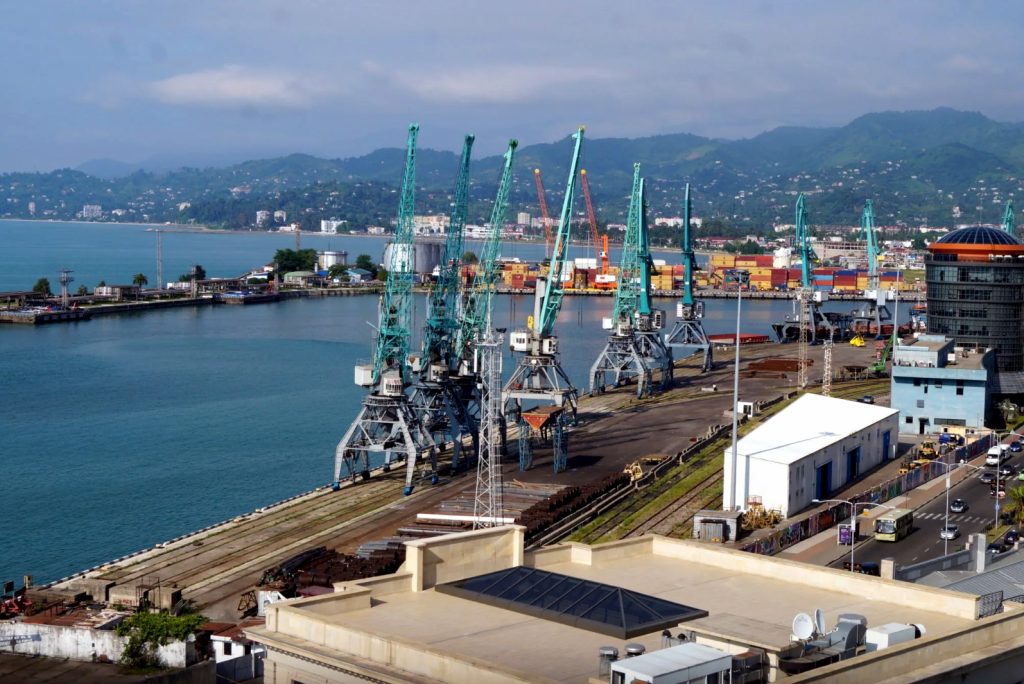Elvira Kadyrova
The role of the Georgian Black Sea ports in the transport and logistics chains between Central Asia and Europe is difficult to underestimate. And regarding the significance of Georgia as a transit country in a broader Eurasian context, we can say that many continental routes converge here on the Georgian Black Sea coast from East to West, linking the biggest industrial hubs – China, India, and South Asia – with the consumer markets of Europe.
Obviously, Georgia understands that in the age of transportation connectivity, it is critical to make every effort not to miss out on emerging opportunities. First and foremost, this necessitates investments in hard infrastructure.
One of the projects currently on the agenda of Tbilisi is the expansion of the capacity of the cargo port of Poti, which is one of the links of the Trans-Caspian International Transport Route (Middle Corridor).
The Poti seaport is Georgia’s largest, handling bulk cargo, passenger ferries, and 80% of container traffic. The port serves as a European gateway for international trade in Georgia, Armenia, and Azerbaijan, and is strategically located to become a hub for Central Asian trade.
The port is a well-developed multimodal hub, as it has access to the automobile and railway networks of the Caucasus region.
Poti
The port operator APM Terminals is a division of the Danish shipping company Maersk – has recently announced intention to invest heavily in the modernization of Poti. The company has been negotiating with the Georgian government for several years about the start of construction of a new terminal. The volume of investments in the new terminal is estimated at US $ 170 million, according to recent reports in the Georgian mass media with reference to government data.
The Poti expansion project will include the construction of a breakwater with a length of 1800 m and a berth with a depth of 13.5 m. A universal 400 m-long berth will support the loading/unloading of bulk cargo. It is expected that the new berth will be able to serve container ships with a capacity of 9,000 TEU.
The length of the new sea terminal will be 260 m with a water depth of 13 m, which will allow the port to serve larger vessels.
In addition to the existing capacities of Poti and Batumi, the Georgian authorities decided to resume the construction of the deep port in Anaklia, located 70 km onshore from Poti.
Anaklia Project
The project was first announced in 2013, but in 2020 its implementation was interrupted due to the termination of the contract with the Georgian-American consortium. It was planned that the port’s capacity would be 7 million tons of cargo, its depth would reach 20.5 meters, and the total length of 32 berths would be 12.3 km.
According to Prime Minister Irakli Garibashvili, 51% of the shares in the Anaklia construction project will now belong to the government, and the rest will be awarded through an international tender. (TASS, 12 Dec 2022)
Batumi Port
Simultaneously, the infrastructure of Poti and Batumi will also be expanded.
Garibashvili said the development of port infrastructure has recently been relevant for Georgia against the background of the growth of cargo flows from Asian countries. ///nCa, 27 December 2022


